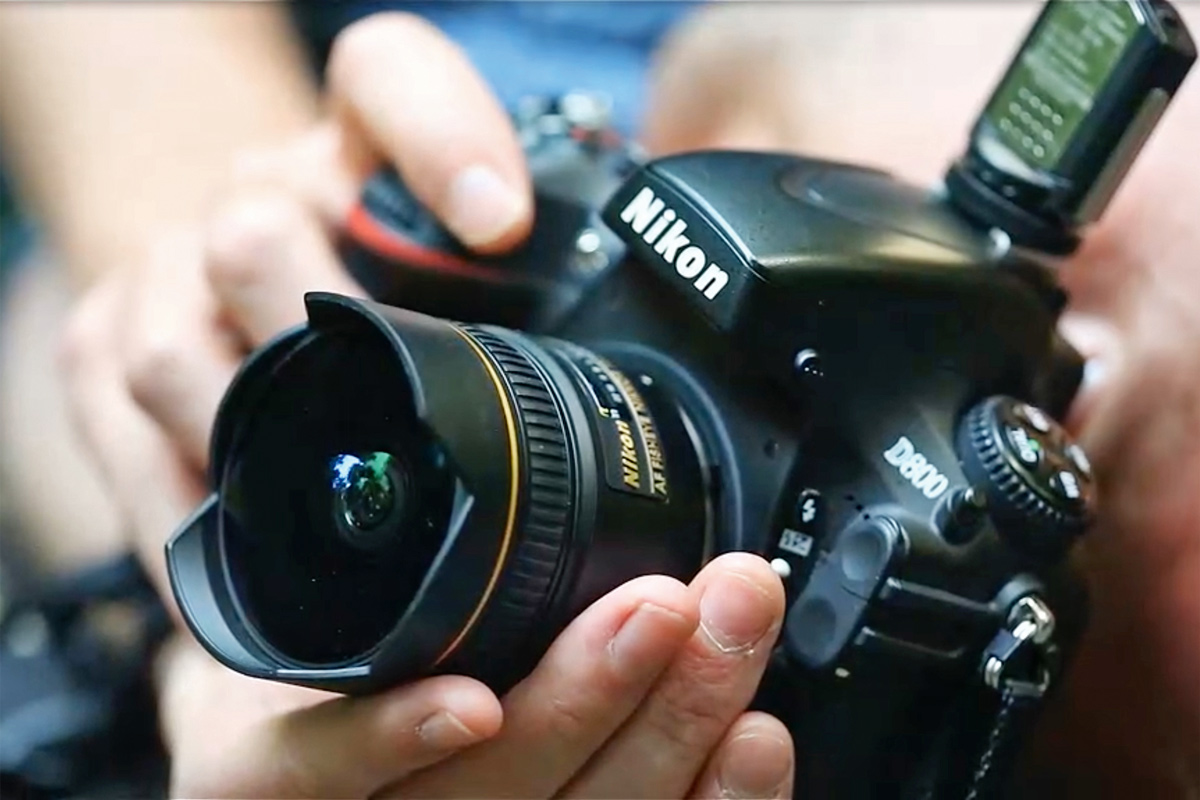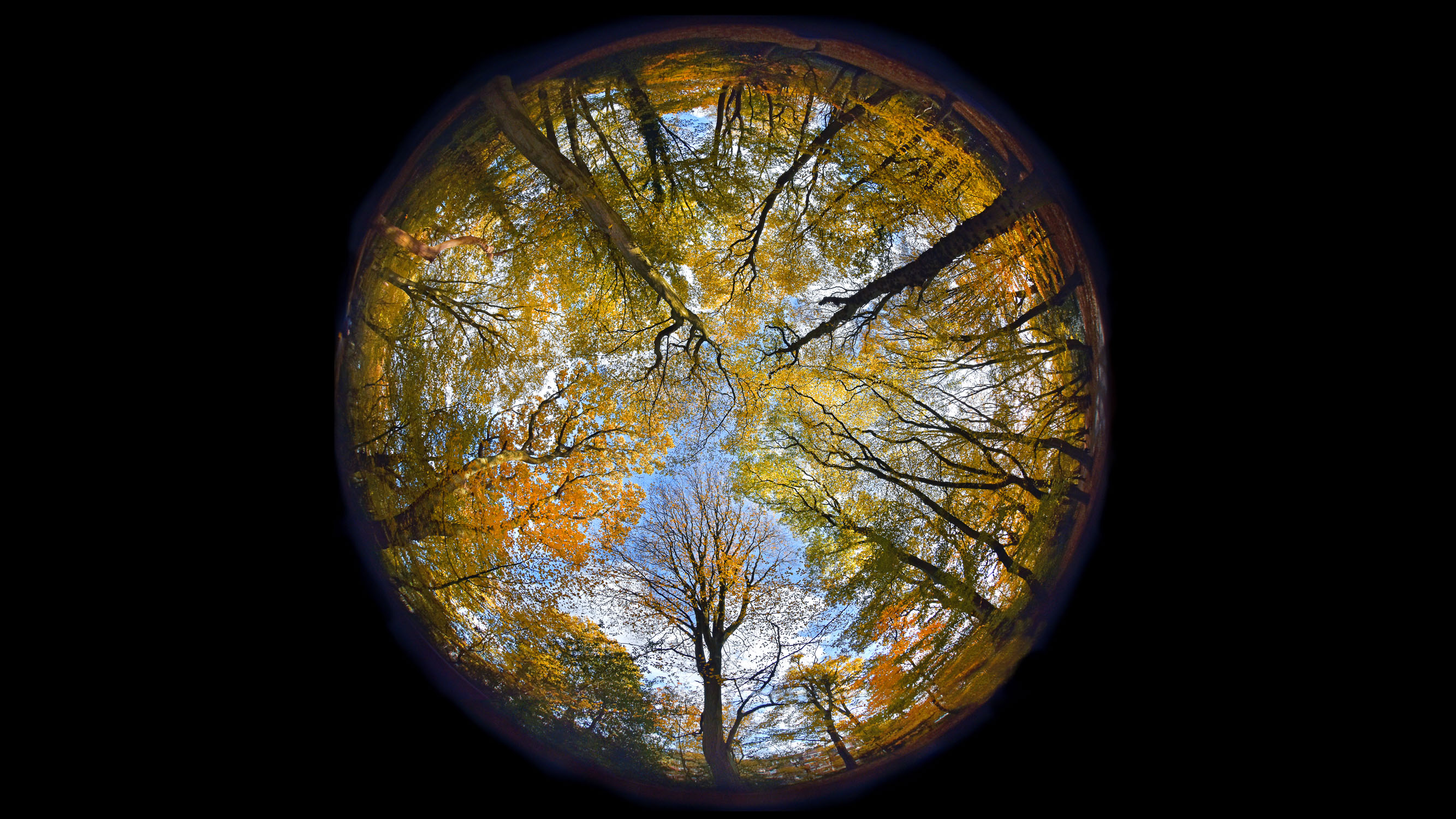What is a fisheye lens and when would you use one?
Understand what the extreme perspective of a ‘fisheye’ is and when it may be a useful creative choice

A fisheye lens is an extreme wide-angle optic that allows you to capture a distinctive and distorted view of the world. They are used in both stills photography and video recording, and you can even get adapters for some smartphones that allow you to simulate the dramatic ultra-wide effect.
Typically, the wide-angle of a fisheye provides a 180-degree view of the world, and there are two main types – circular and full-frame. The circular type captures a 180-degree view in all directions, and this means the central image area looks round – almost as if you are looking into a crystal ball – while the rest of the frame area is black. A full-frame fisheye has a difference appearance because it is only capturing the 180-degree angle across its diagonal. The effect isn’t as extreme as a circular fisheye, and the image area fits normally within the ratio of the sensor. In other words, there is no black border around the resulting image.
Fisheye lenses for creative effect

Using a fisheye is a creative choice, rather than a practical one. The extreme curvature of the scene being recorded is highly stylized, although whether you like this effect or not is a matter of personal taste.
Some photographers very much regard a fisheye lens as a novelty optic – something that is fun to own and use occasionally. It should be noted however, that a typical fisheye lens is not cheap, so it does require quite a financial investment. For example, the Canon EF 8-15mm f4 L USM Fisheye lens costs around $1,200.
You can use a fisheye for any subject – including landscapes, astrophotography, wildlife, architecture (indoors and out) and even portraits! Obviously in all cases you are distorting the world, but none more so than in portraits where noses will be made huge and other parts of the face smaller. Think of the result as similar to looking into a distorted mirror at a funfair, so it’s definitely not a flattering look!
Fisheye lenses for sports

A fisheye’s unique view is very popular for extreme sports too, where the barrel distortion can work well with the sense of movement and action of, for example, a skateboarder in mid-air. Here its ultra-wide appearance can make an already impressive move look even more radical and eye-catching.
The bulging front lens of a fisheye means that you cannot use filters with them, but this is a small price to pay for such an unusual optic, so isn’t a deal-breaker if you are thinking of owning one. While a fisheye lens is still a relatively rare addition to a typical photographer’s kitbag, those who do own them always know they have a lens that’ll instantly create an image with visual impact whatever subject is being photographed.
Get the Digital Camera World Newsletter
The best camera deals, reviews, product advice, and unmissable photography news, direct to your inbox!
Read more:
• Best lenses to get
• Best fisheye lenses
• Best DSLRs
• Best mirrorless cameras
• DCW Dictionary of photography
Andrew makes his living as a photographer, videographer and journalist. For 26 years he was a specialist magazine editor, the last 13 of which were on Practical Photography magazine. A long-time expert in photographic techniques across many disciplines, he's a self-confessed photo generalist, and a font of creative knowledge to capturing just about any subject, although he has a strong leaning to wildlife and travel photography. Andrew's wide-ranging photography experience means he authors the long-running Photo Answers section for Digital Camera Magazine. His work as a journalist, guide and educator dovetails neatly into his commitment to Foto-Buzz - an online subscription community he founded, where Andrew writes articles, films tutorials and records blogs on all manner of photo-related subjects and techniques for enthusiast photographers.

